Author Archives: Patrick R. Donahue
Author Archives: Patrick R. Donahue


When you buy a new house, you shouldn’t have to worry that everyone in the city can unlock your front door with a universal key before you change the lock. You also shouldn’t have to walk around the house with a screwdriver and tighten the window locks and back door so that intruders can’t pry them open. And you really shouldn’t have to take your alarm system offline every few months to apply critical software updates that the alarm vendor could have fixed with better software practices before they installed it.
Similarly, you shouldn’t have to worry that when you buy a network discovery tool it can be accessed by any attacker until you change the password, or that your expensive hardware-based firewalls can be recruited to launch DDoS attacks or run arbitrary code without the need to authenticate.
This “default secure” posture is the focus of a recently published guide jointly authored by the Cybersecurity and Infrastructure Agency (CISA), NSA, FBI, and six other international agencies representing the United Kingdom, Australia, Canada, Germany, Netherlands, and New Zealand. In the guide, the authors implore technology vendors to follow Secure-by-Design and Secure-by-Default principles, shifting the burden of security as much Continue reading


Over the past 24 hours, Cloudflare has observed HTTP DDoS attacks targeting university websites in Australia. Universities were the first of several groups publicly targeted by the pro-Russian hacker group Killnet and their affiliate AnonymousSudan, as revealed in a recent Telegram post. The threat actors called for additional attacks against 8 universities, 10 airports, and 8 hospital websites in Australia beginning on Tuesday, March 28.
Killnet is a loosely formed group of individuals who collaborate via Telegram. Their Telegram channels provide a space for pro-Russian sympathizers to volunteer their expertise by participating in cyberattacks against western interests.

This is not the first time Cloudflare has reported on Killnet activity. On February 2, 2023 we noted in a blog that a pro-Russian hacktivist group — claiming to be part of Killnet — was targeting multiple healthcare organizations in the US. In October 2022, Killnet called to attack US airport websites, and attacked the US Treasury the following month.
As seen with past attacks from this group, these most recent attacks do not seem to be originating from a single botnet, and the attack methods and sources seem to vary, suggesting Continue reading


Cloudflare’s threat operations and research team, Cloudforce One, is now open for business and has begun conducting threat briefings. Access to the team is available via an add-on subscription, and includes threat data and briefings, security tools, and the ability to make requests for information (RFIs) to the team.
Fill out this form or contact your account team to learn more.
Subscriptions come in two packages, and are priced based on number of employees: “Premier” includes our full history of threat data, bundled RFIs, and an API quota designed to support integrations with SIEMs. “Core” level includes reduced history and quotas. Both packages include access to all available security tools, including a threat investigation portal and sinkholes-as-a-service.
If you’re an enterprise customer interested in understanding the type of threat briefings that Cloudforce One customers receive, you can register here for “YackingYeti: How a Russian threat group targets Ukraine—and the world”, scheduled for October 12. The briefing will include Q&A with Blake Darché, head of Cloudforce One, and an opportunity to learn more about the team and offering.
The Cloudforce One team is composed of analysts assigned to five subteams: Malware Analysis, Threat Continue reading


At Cloudflare, we strive to make our customers’ lives simpler by building products that solve their problems, are extremely easy to use, and integrate well with their existing tech stack. Another element of ensuring that we fit well with existing deployments is integrating seamlessly with additional solutions that customers subscribe to, and making sure those solutions work collaboratively together to solve a pain point.
Today, we are announcing new integrations that enable our customers to integrate third-party threat intel data with the rich threat intelligence from Cloudflare One products — all within the Cloudflare dashboard. We are releasing this feature in partnership with Mandiant, Recorded Future, and VirusTotal, and will be adding new partners in the coming months.
Customers of these threat intel partners can upload their API keys to the Cloudflare Security Center to enable the use of additional threat data to create rules within Cloudflare One products such as Gateway and Magic Firewall, and infrastructure security products including the Web Application Firewall and API Gateway. Additionally, search results from Security Center’s threat investigations portal will also be automatically enriched with licensed data.
Customers will be able to enter their keys by navigating to Security Continue reading


Since our founding, Cloudflare has been on a mission to take expensive, complex security solutions typically only available to the largest companies and make them easy to use and accessible to everyone. In 2011 and 2015 we did this for the web application firewall and SSL/TLS markets, simplifying the process of protecting websites from application vulnerabilities and encrypting HTTP requests down to single clicks; in 2020, during the start of the COVID-19 pandemic, we made our Zero Trust suite available to everyone; and today—in the face of heightened phishing attacks—we’re doing the same for the email security market.
Once the acquisition of Area 1 closes, as we expect early in the second quarter of 2022, we plan to give all paid self-serve plans access to their email security technology at no additional charge. Control, customization, and visibility via analytics will vary with plan level, and the highest flexibility and support levels will be available to Enterprise customers for purchase.
All self-serve users will also get access to a more feature-packed version of the Zero Trust solution we made available to everyone in 2020. Zero Trust services are incomplete without an email security solution, and CISA’s recent report makes that clearer Continue reading


Cloudflare blocks a lot of diverse security threats, with some of the more interesting attacks targeting the “long tail” of the millions of Internet properties we protect. The data we glean from these attacks trains our machine learning models and improves the efficacy of our network and application security products, but historically hasn’t been available to query directly. This week, we’re changing that.
All customers will soon be granted access to our new threat investigations portal, Investigate, in the Cloudflare Security Center (first launched in December 2021). Additionally, we’ll be annotating threats across our analytics platform with this intelligence to streamline security workflows and tighten feedback loops.
What sorts of data might you want to look up here? Let’s say you’re seeing an IP address in your logs and want to learn which hostnames have pointed to it via DNS, or you’re seeing a cluster of attacks come from an autonomous system (AS) you’re not familiar with. Or maybe you want to investigate a domain name to see how it’s been categorized from a threat perspective. Simply enter any of those items into the omni search box, and we’ll tell you everything we know.
IPs and hostnames will be Continue reading
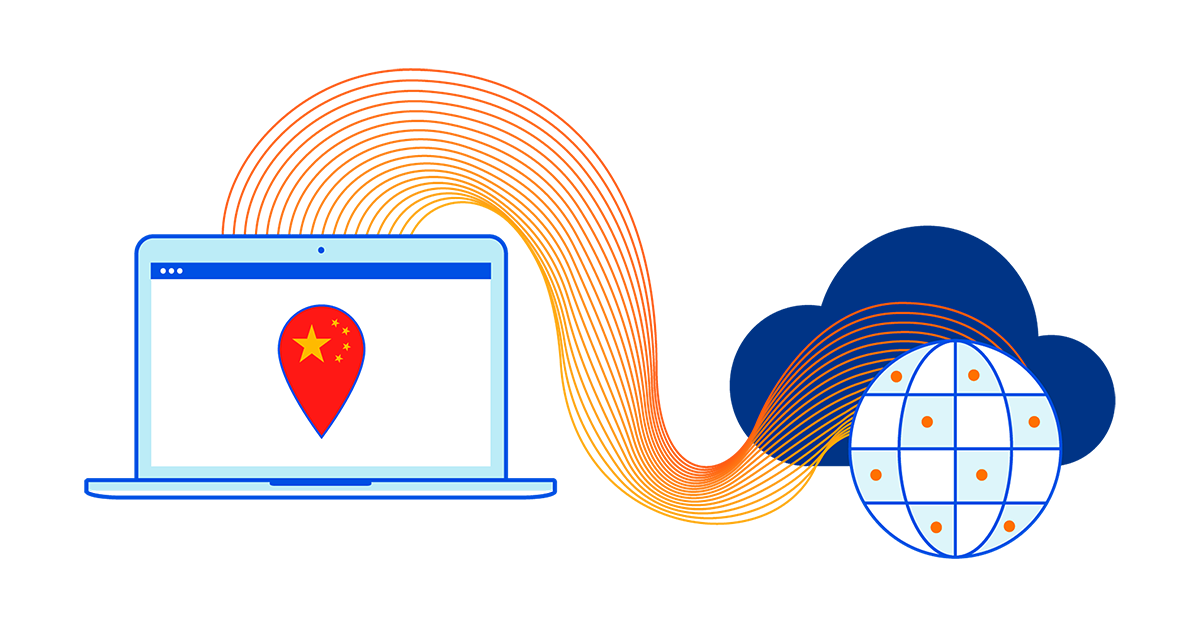
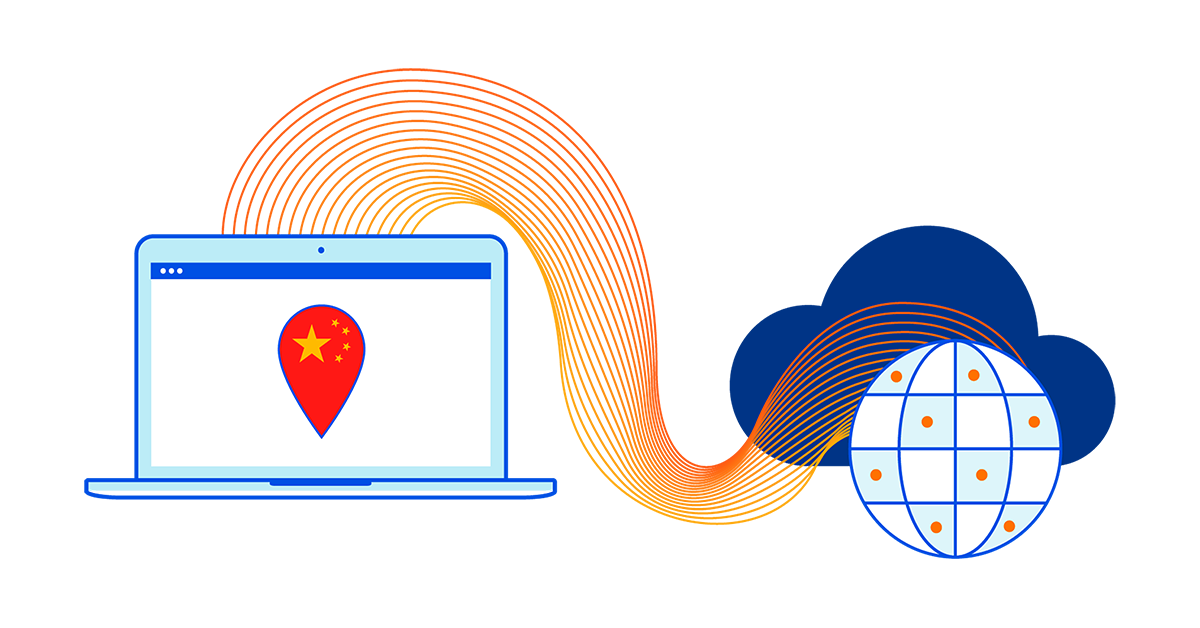
Core to Cloudflare’s mission of helping build a better Internet is making it easy for our customers to improve the performance, security, and reliability of their digital properties, no matter where in the world they might be. This includes Mainland China. Cloudflare has had customers using our service in China since 2015 and recently, we expanded our China presence through a partnership with JD Cloud, the cloud division of Chinese Internet giant, JD.com. We’ve also had a local office in Beijing for several years, which has given us a deep understanding of the Chinese Internet landscape as well as local customers.
The new Cloudflare China Network built in partnership with JD Cloud has been live for several months, with significant performance and security improvements compared to the previous in-country network. Today, we’re excited to describe the improvements we made to our DNS and DDoS systems, and provide data demonstrating the performance gains customers are seeing. All customers licensed to operate in China can now benefit from these innovations, with the click of a button in the Cloudflare dashboard or via the API.
With over 14% of all domains on the Internet using Cloudflare’s nameservers we Continue reading


Private encryption keys stored in hardware security module offerings from all major cloud providers can now be used to secure HTTPS connections at Cloudflare’s global edge.
Cloudflare generates, protects, and manages more SSL/TLS private keys than perhaps any organization in the world. Private keys must be carefully protected, as an attacker in possession of one can impersonate legitimate sites and decrypt HTTPS requests. To mitigate this risk, Cloudflare has strict key handling procedures and layers of isolation at the edge that are designed to safeguard keys at all costs. But for a small minority of customers with information security policies dictating where they can (or cannot) custody their keys, these protections do not meet their requirements.
It was for these customers that we first released Keyless SSL in 2014, a protocol we use extensively inside our network: all of the TLS handshakes per day established at the Cloudflare edge that take place in a process that has no access to our customers’ private keys. The data required to establish the session is instead sent to a separate system, where the necessary cryptographic signing operation is performed. For keys uploaded to or generated by Cloudflare, we manage this other system, Continue reading
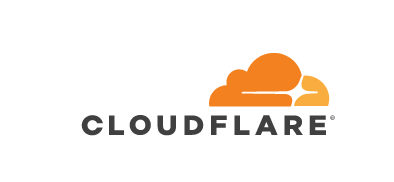
Enabling the Cloudflare WAF and Cloudflare Specials ruleset protects against exploitation of unpatched CVEs: CVE-2021-26855, CVE-2021-26857, CVE-2021-26858, and CVE-2021-27065.
Cloudflare has deployed managed rules protecting customers against a series of remotely exploitable vulnerabilities that were recently found in Microsoft Exchange Server. Web Application Firewall customers with the Cloudflare Specials ruleset enabled are automatically protected against CVE-2021-26855, CVE-2021-26857, CVE-2021-26858, and CVE-2021-27065.
If you are running Exchange Server 2013, 2016, or 2019, and do not have the Cloudflare Specials ruleset enabled, we strongly recommend that you do so. You should also follow Microsoft’s urgent recommendation to patch your on-premise systems immediately. These vulnerabilities are actively being exploited in the wild by attackers to exfiltrate email inbox content and move laterally within organizations’ IT systems.
If you are running the Cloudflare WAF and have enabled the Cloudflare Specials ruleset, there is nothing else you need to do. We have taken the unusual step of immediately deploying these rules in “Block” mode given active attempted exploitation.
If you wish to disable the rules for any reason, e.g., you are experiencing a false positive mitigation, you can do so by following these instructions:
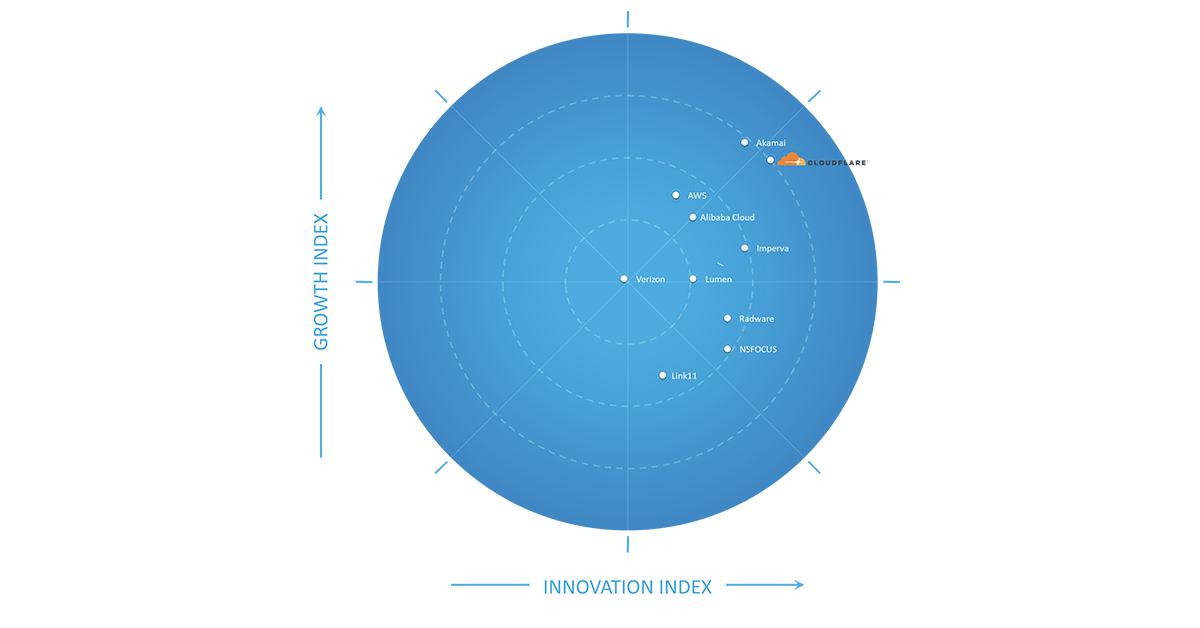
I love building products that solve real problems for our customers. These days I don’t get to do so as much directly with our Engineering teams. Instead, about half my time is spent with customers listening to and learning from their security challenges, while the other half of my time is spent with other Cloudflare Product Managers (PMs) helping them solve these customer challenges as simply and elegantly as possible. While I miss the deeply technical engineering discussions, I am proud to have the opportunity to look back every year on all that we’ve shipped across our application security teams.
Taking the time to reflect on what we’ve delivered also helps to reinforce my belief in the Cloudflare approach to shipping product: release early, stay close to customers for feedback, and iterate quickly to deliver incremental value. To borrow a term from the investment world, this approach brings the benefits of compounded returns to our customers: we put new products that solve real-world problems into their hands as quickly as possible, and then reinvest the proceeds of our shared learnings immediately back into the product.
It is these sustained investments that allow us to release a flurry of small improvements Continue reading
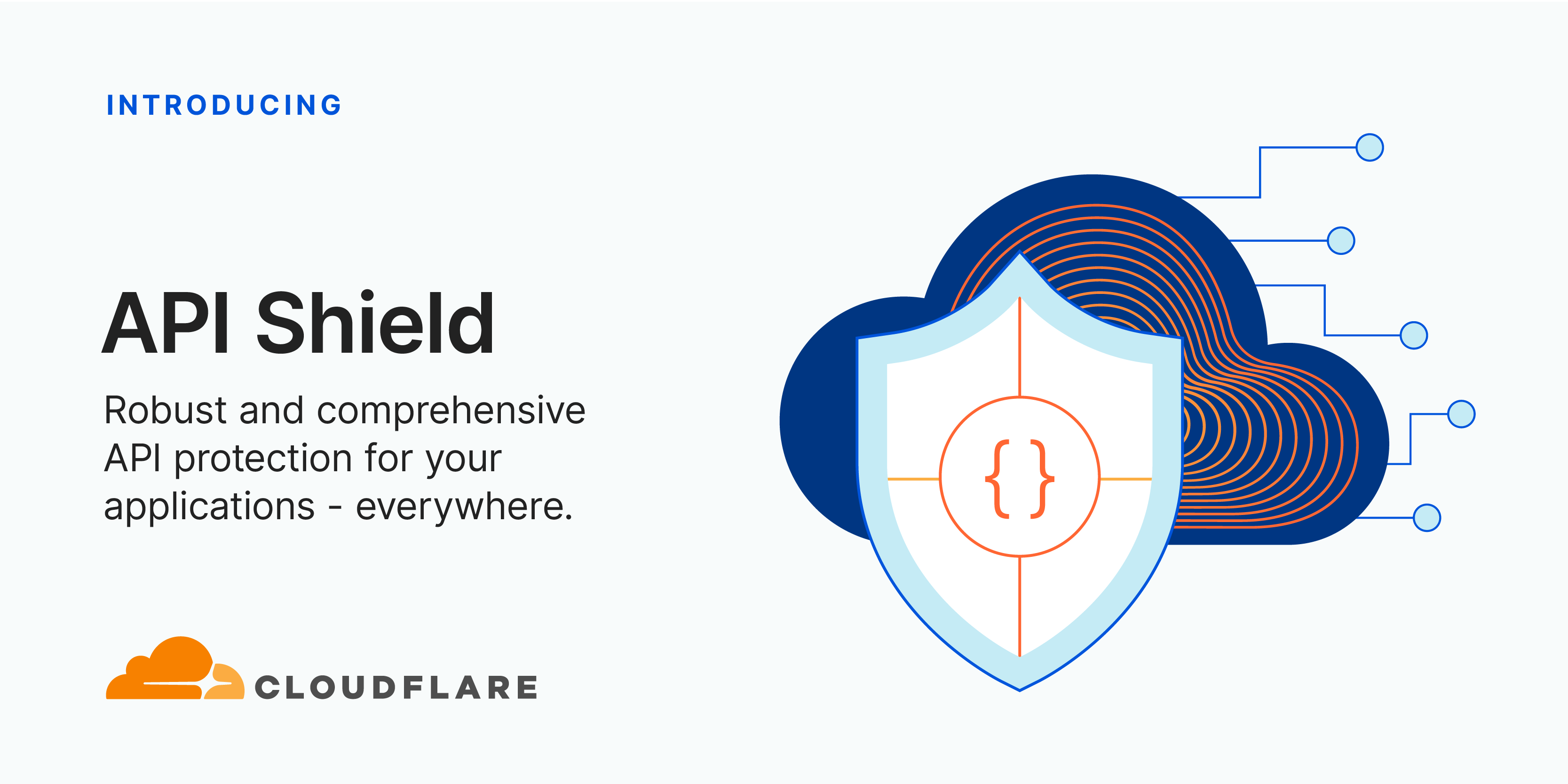
APIs are the lifeblood of modern Internet-connected applications. Every millisecond they carry requests from mobile applications—place this food delivery order, “like” this picture—and directions to IoT devices—unlock the car door, start the wash cycle, my human just finished a 5k run—among countless other calls.
They’re also the target of widespread attacks designed to perform unauthorized actions or exfiltrate data, as data from Gartner increasingly shows: “by 2021, 90% of web-enabled applications will have more surface area for attack in the form of exposed APIs rather than the UI, up from 40% in 2019, and “Gartner predicted that, by 2022, API abuses will move from an infrequent to the most-frequent attack vector, resulting in data breaches for enterprise web applications”[1][2]. Of the 18 million requests per second that traverse Cloudflare’s network, 50% are directed towards APIs—with the majority of these requests blocked as malicious.
To combat these threats, Cloudflare is making it simple to secure APIs through the use of strong client certificate-based identity and strict schema-based validation. As of today, these capabilities are available free for all plans within our new “API Shield” offering. And as of today, the security benefits also extend to gRPC-based APIs, which use binary Continue reading
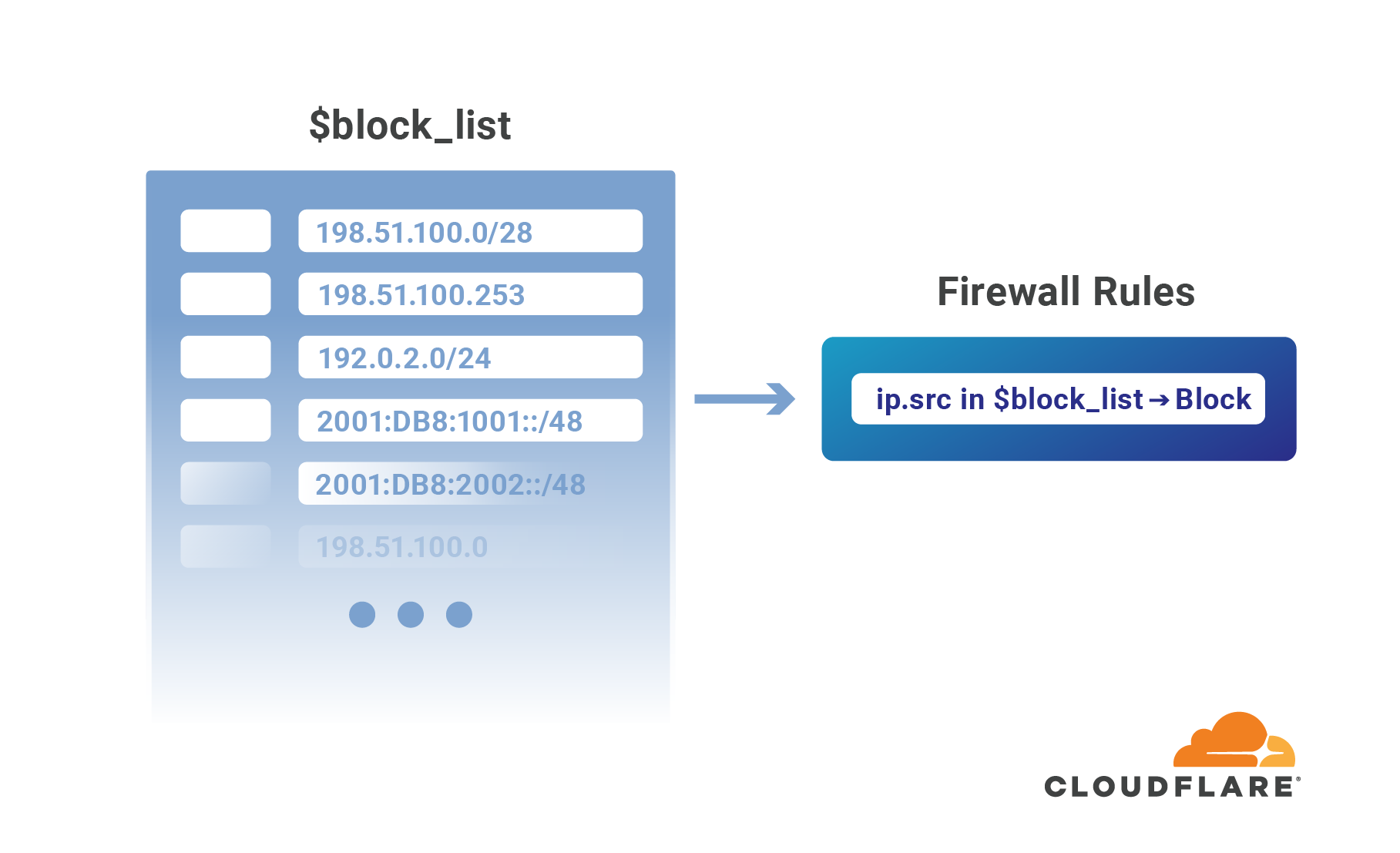
Authentication on the web has been steadily moving to the application layer using services such as Cloudflare Access to establish and enforce software-controlled, zero trust perimeters. However, there are still several important use cases for restricting access at the network-level by source IP address, autonomous system number (ASN), or country. For example, some businesses are prohibited from doing business with customers in certain countries, while others maintain a blocklist of problematic IPs that have previously attacked them.
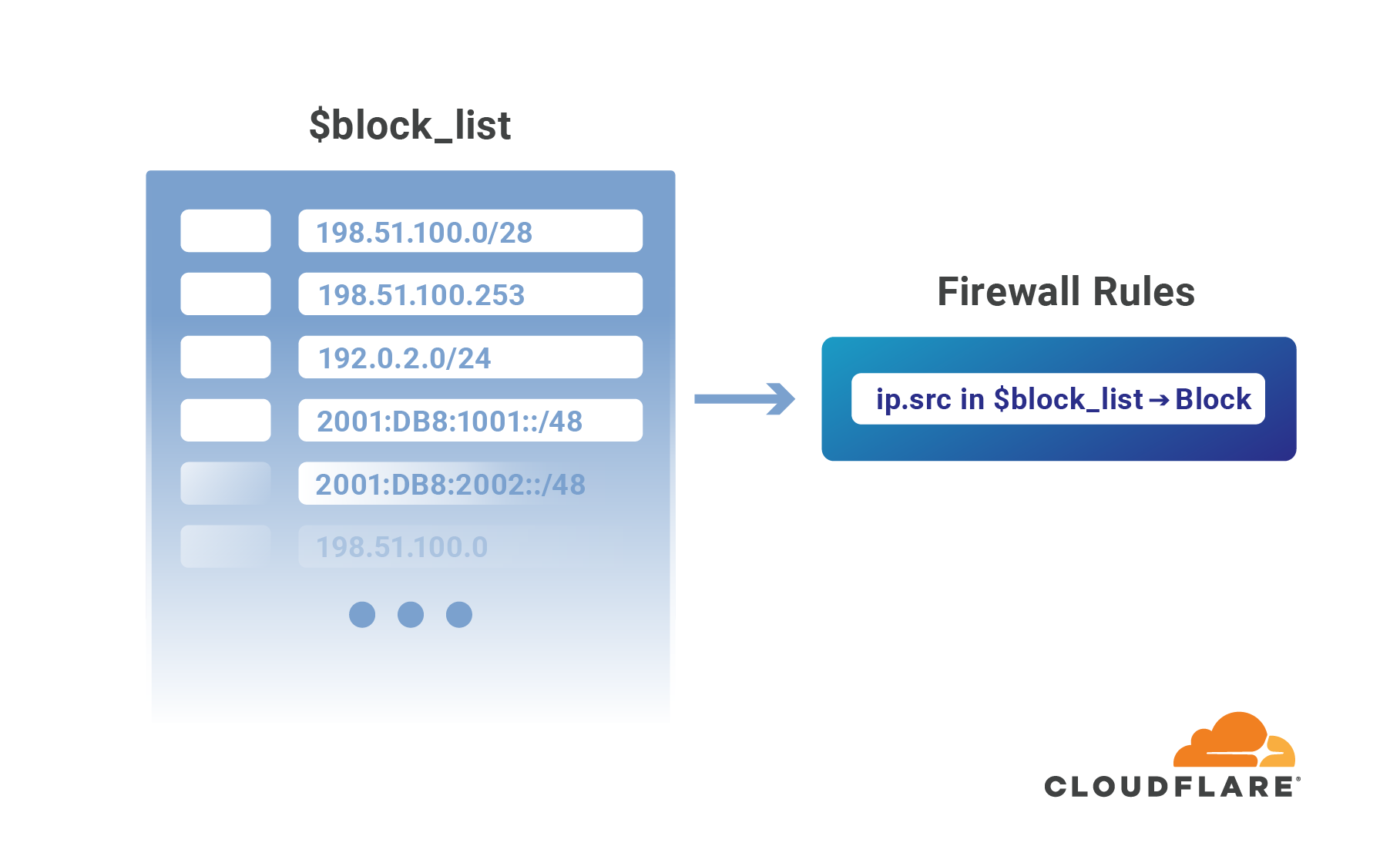
Enforcing these network restrictions at centralized chokepoints using appliances—hardware or virtualized—adds unacceptable latency and complexity, but doing so performantly for individual IPs at the Cloudflare edge is easy. Today we’re making it just as easy to manage tens of thousands of IPs across all of your zones by grouping them in data structures known as IP Lists. Lists can be stored with metadata at the Cloudflare edge, replicated within seconds to our data centers in 200+ cities, and used as part of our powerful, expressive Firewall Rules engine to take action on incoming requests.
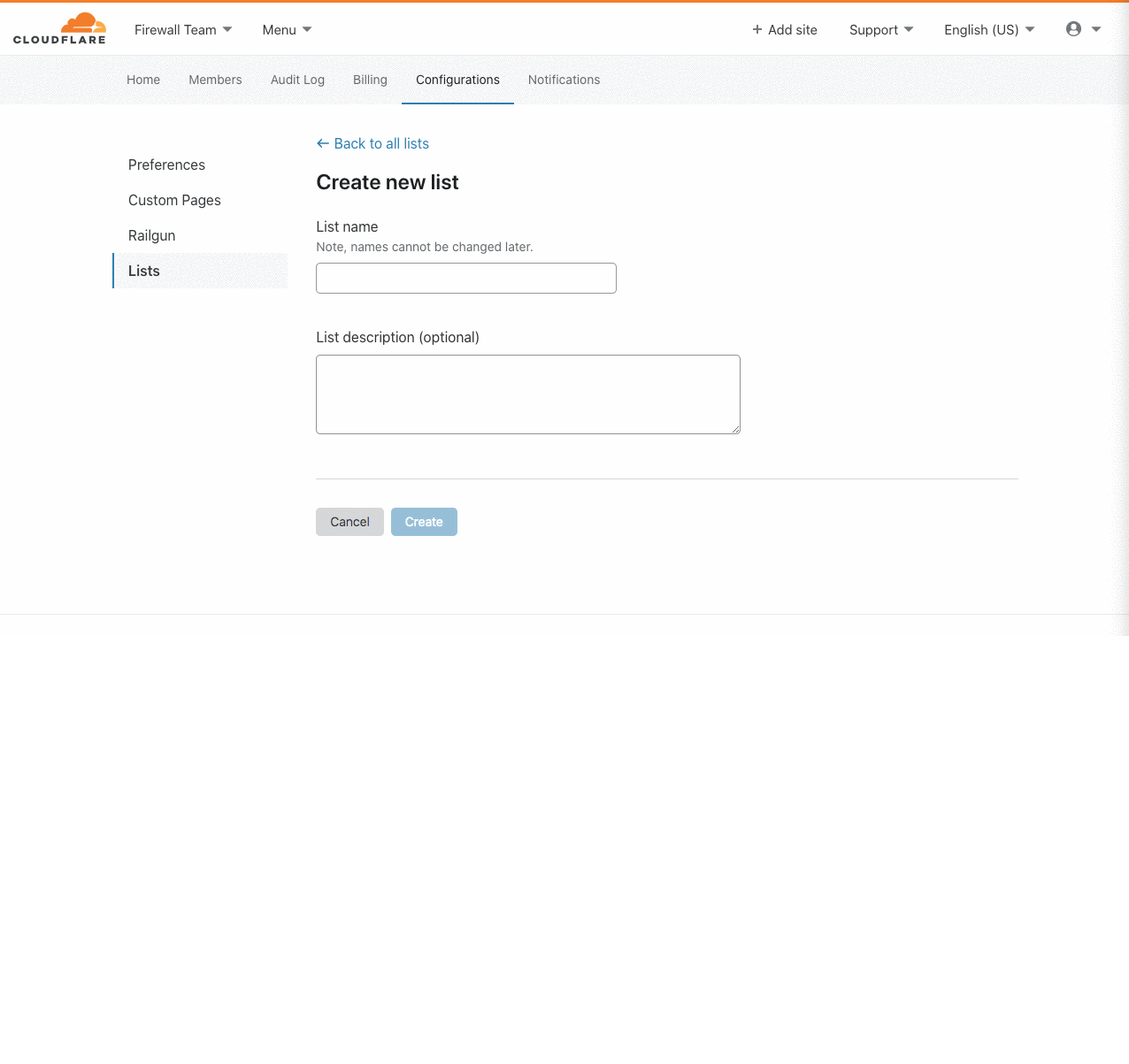
Previously, these sort of network-based security controls have been configured using IP Access or Zone Lockdown rules. Both tools have a number of Continue reading

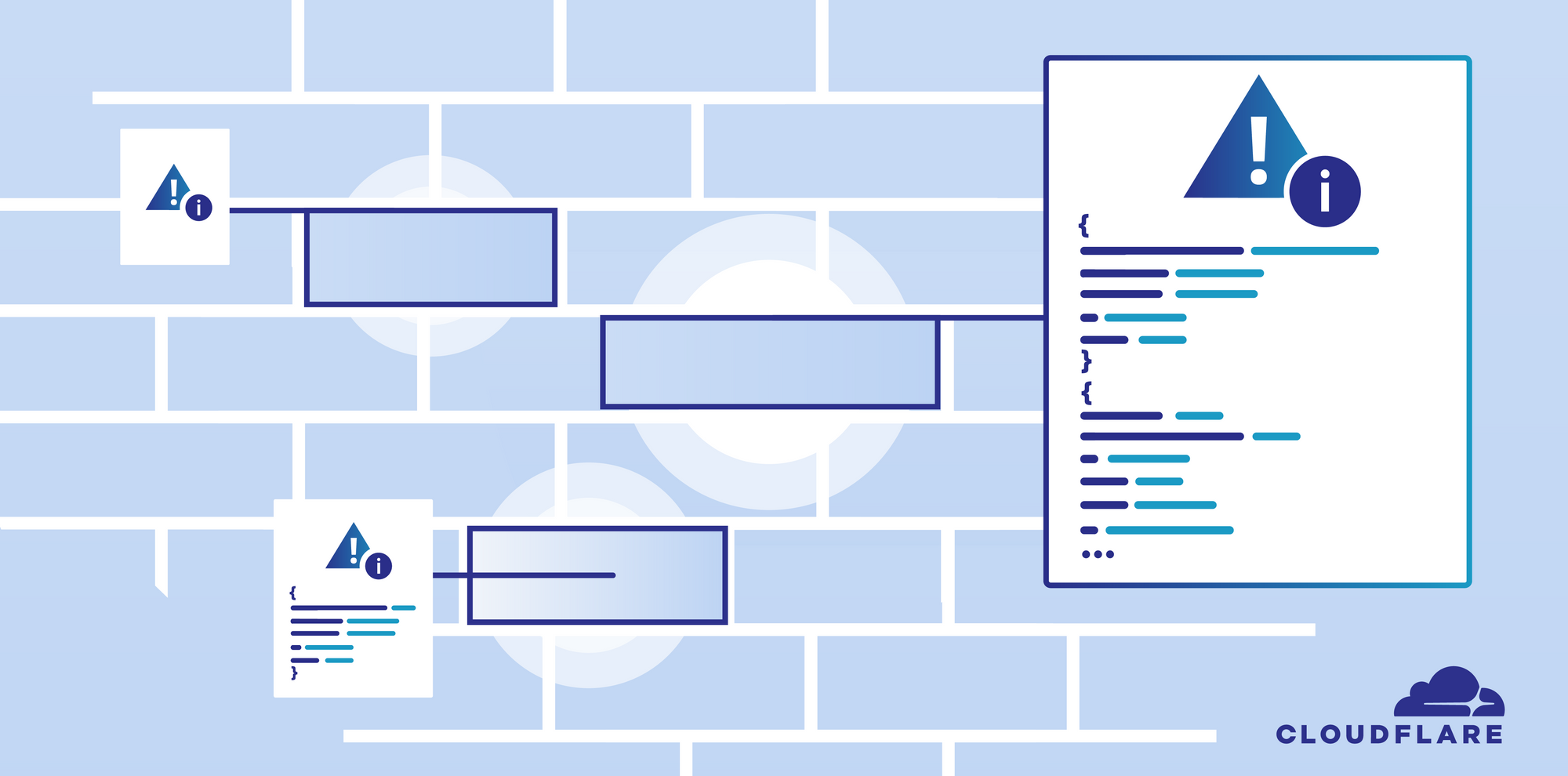
The highest trafficked sites using Cloudflare receive billions of requests per day. But only about 5% of those requests typically trigger security rules, whether they be “managed” rules such as our WAF and DDoS protections, or custom rules such as those configured by customers using our powerful Firewall Rules and Rate Limiting engines.
When enforcement is taken on a request that interrupts the flow of malicious traffic, a Firewall Event is logged with detail about the request including which rule triggered us to take action and what action we took, e.g., challenged or blocked outright.
Previously, if you wanted to ingest all of these events into your SIEM or logging platform, you had to take the whole firehose of requests—good and bad—and then filter them client side. If you’re paying by the log line or scaling your own storage solution, this cost can add up quickly. And if you have a security team monitoring logs, they’re being sent a lot of extraneous data to sift through before determining what needs their attention most.
As of today, customers using Cloudflare Logs can create Logpush jobs that send only Firewall Events. These events arrive much faster than our existing HTTP Continue reading

Less than one month from today, on July 23, Google will start prominently labeling any site loaded in Chrome without HTTPS as "Not Secure".
When we wrote about Google’s plans back in February, the percent of sites loaded over HTTPS clocked in at 69.7%. Just one year prior to that only 52.5% of sites were loaded using SSL/TLS—the encryption protocol behind HTTPS—so tremendous progress has been made.
Unfortunately, quite a few Continue reading
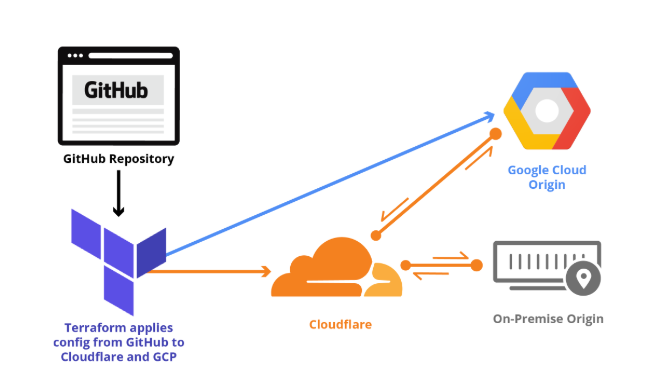
In Part 1 of Getting Started with Terraform, we explained how Terraform lets developers store Cloudflare configuration in their own source code repository, institute change management processes that include code review, track their configuration versions and history over time, and easily roll back changes as needed.
We covered installing Terraform, provider initialization, storing configuration in git, applying zone settings, and managing rate limits. This post continues the Cloudflare Terraform provider walkthrough with examples of load balancing, page rules, reviewing and rolling back configuration, and importing state.
Before we build on Part 1, let's quickly review what we configured in that post. Because our configuration is in git, we can easily view the current configuration and change history that got us to this point.
$ git log
commit e1c38cf6f4230a48114ce7b747b77d6435d4646c
Author: Me
Date: Mon Apr 9 12:34:44 2018 -0700
Step 4 - Update /login rate limit rule from 'simulate' to 'ban'.
commit 0f7e499c70bf5994b5d89120e0449b8545ffdd24
Author: Me
Date: Mon Apr 9 12:22:43 2018 -0700
Step 4 - Add rate limiting rule to protect /login.
commit d540600b942cbd89d03db52211698d331f7bd6d7
Author: Me
Date: Sun Apr 8 22:21:27 2018 -0700
Step 3 - Enable TLS 1.3, Continue reading
As a Product Manager at Cloudflare, I spend quite a bit of my time talking to customers. One of the most common topics I'm asked about is configuration management. Developers want to know how they can write code to manage their Cloudflare config, without interacting with our APIs or UI directly.
Following best practices in software development, they want to store configuration in their own source code repository (be it GitHub or otherwise), institute a change management process that includes code review, and be able to track their configuration versions and history over time. Additionally, they want the ability to quickly and easily roll back changes when required.
When I first spoke with our engineering teams about these requirements, they gave me the best answer a Product Manager could hope to hear: there's already an open source tool out there that does all of that (and more), with a strong community and plugin system to boot—it's called Terraform.
This blog post is about getting started using Terraform with Cloudflare and the new version 1.0 of our Terraform provider. A "provider" is simply a plugin that knows how to talk to a specific set of APIs—in this case, Cloudflare, but Continue reading
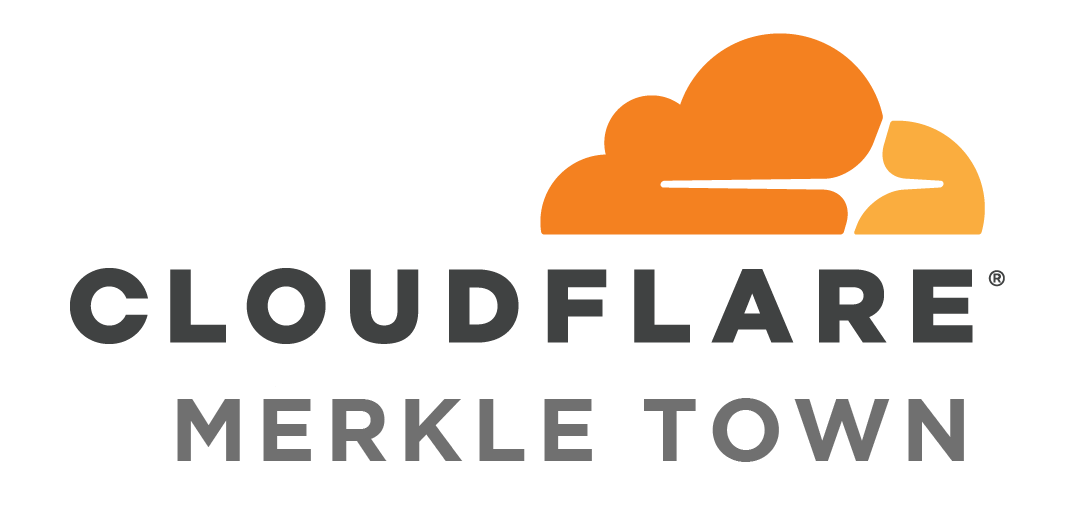
For a quick primer on Certificate Transparency, please read my colleague Nick Sullivan’s post from earlier today. The discussion below expands on that post and details how Cloudflare monitors the health and performance of Certificate Transparency (CT) logs.
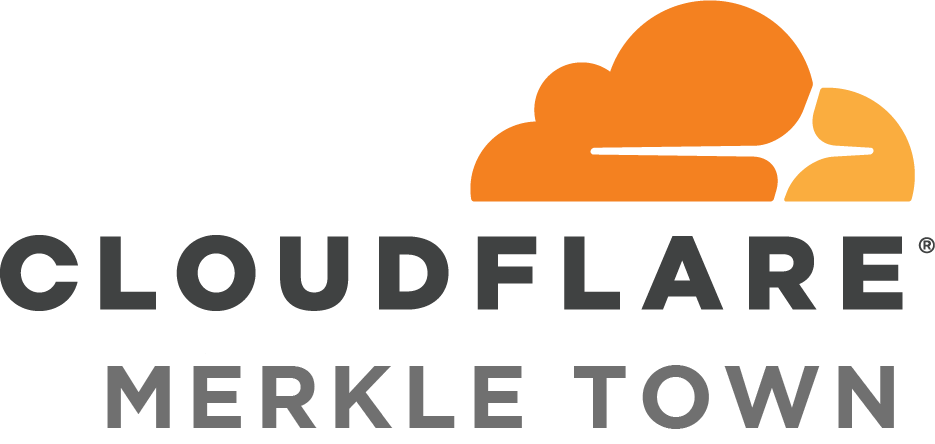
The success of Certificate Transparency rests on the existence of a robust ecosystem of logs and log operators. Without logs that CAs can depend on, it’s not practical for browsers to require that SSL certificates have been logged to be trusted—as Chrome plans to do on April 30. With this deadline fast approaching and others browsers likely to follow suit, it’s critical that the CT ecosystem continues to strengthen and expand with new log operators.
As we wrote about earlier today, Cloudflare recently joined this group of trusted log operators, helping strengthen this critical ecosystem. Now, we’d like to take you on a quick guide through our new publicly accessible tool that tracks the health of all trusted logs. In addition to basic uptime and response times, Merkle Town, provides statistics on the type and frequency of certificates issued, the top issuers, and the inter-dependencies CAs have on existing logs and each other. Click here to jump right into our Continue reading
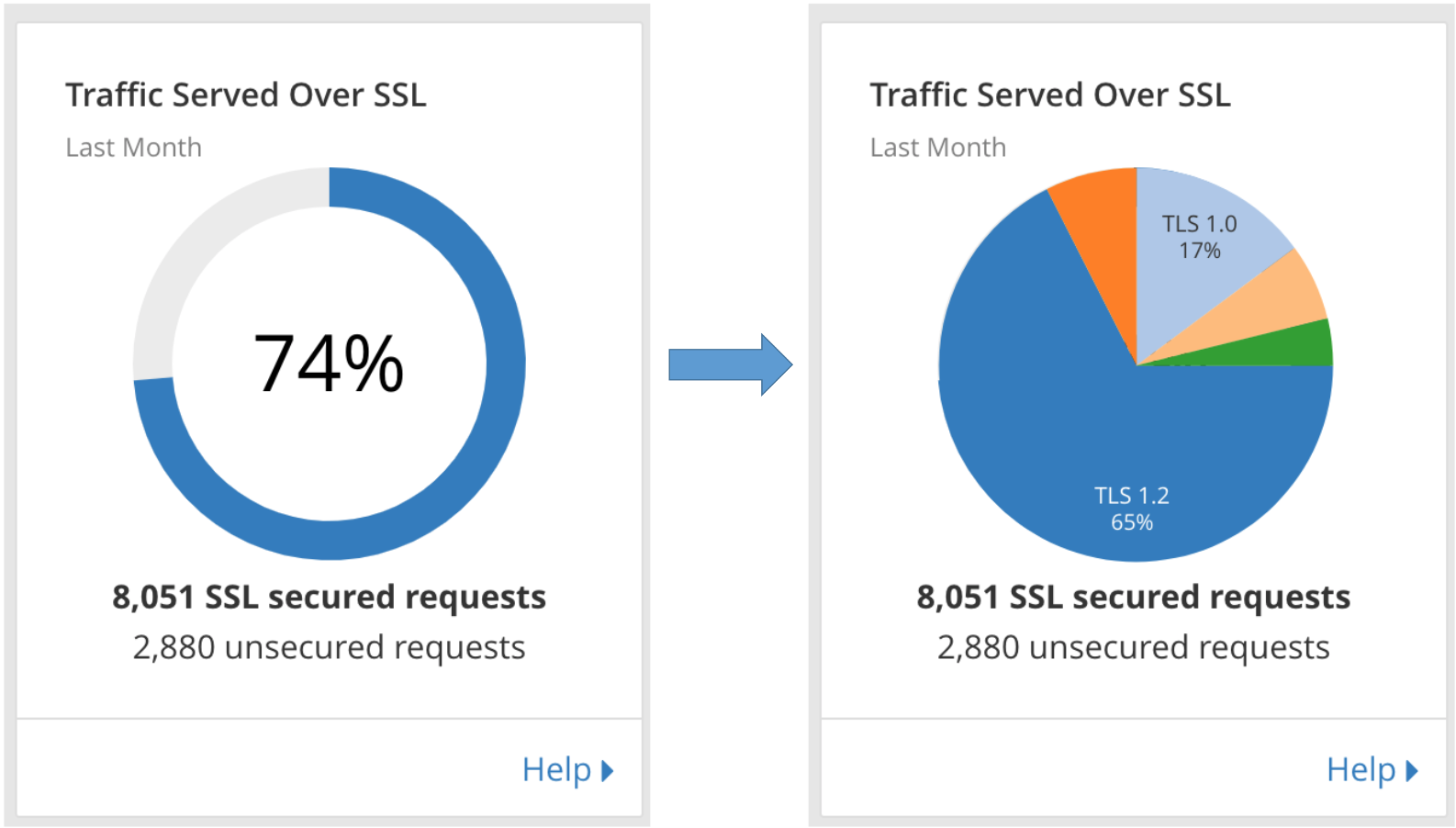
On June 4, Cloudflare will be dropping support for TLS 1.0 and 1.1 on api.cloudflare.com. Additionally, the dashboard will be moved from www.cloudflare.com/a to dash.cloudflare.com and will require a browser that supports TLS 1.2 or higher.
No changes will be made to customer traffic that is proxied through our network, though you may decide to enforce a minimum version for your own traffic. We will soon expose TLS analytics that indicate the percent of connections to your sites using TLS 1.0-1.3, and controls to set a specific minimum version. Currently, you may enforce version 1.2 or higher using the Require Modern TLS setting.
Prior to June 4, API calls made with TLS 1.0 or 1.1 will have warning messages inserted into responses and dashboard users will see a banner encouraging you to upgrade your browser. Additional details on these changes, and a complete schedule of planned events can be found in the timeline below.
Transport Layer Security (TLS) is the protocol used on the web today to encrypt HTTPS connections. Version 1.0 was standardized almost 20 years ago as the successor to SSL Continue reading

Google just announced that beginning in July 2018, with the release of Chrome 68, web pages loaded without HTTPS will be marked as “not secure”.
More than half of web visitors will soon see this warning when browsing unencrypted HTTP sites, according to data from Cloudflare’s edge that shows 56.62% of desktop requests originate from Chrome. Users presented with this warning will be less likely to interact with these sites or trust their content, so it’s imperative that site operators not yet using HTTPS have a plan to do so by July.
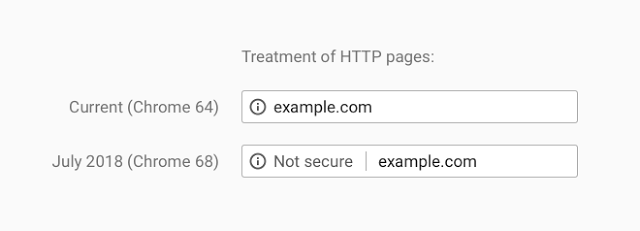
To those who have followed the Chrome team’s public statements, this announcement comes as no surprise. Google has been gearing up for this change since 2014, as Chrome boss Parisa Tabriz tweeted and Chris Palmer memorialized in a widely distributed email. While this step is an important and potentially jarring one for users, it’s by no means the last step that Google will take to influence website administrator behavior for the better.
But why are they making this change (now)? Google’s primary motivation for driving HTTPS adoption is simple: a safe browsing experience is good for business. Users that feel Continue reading
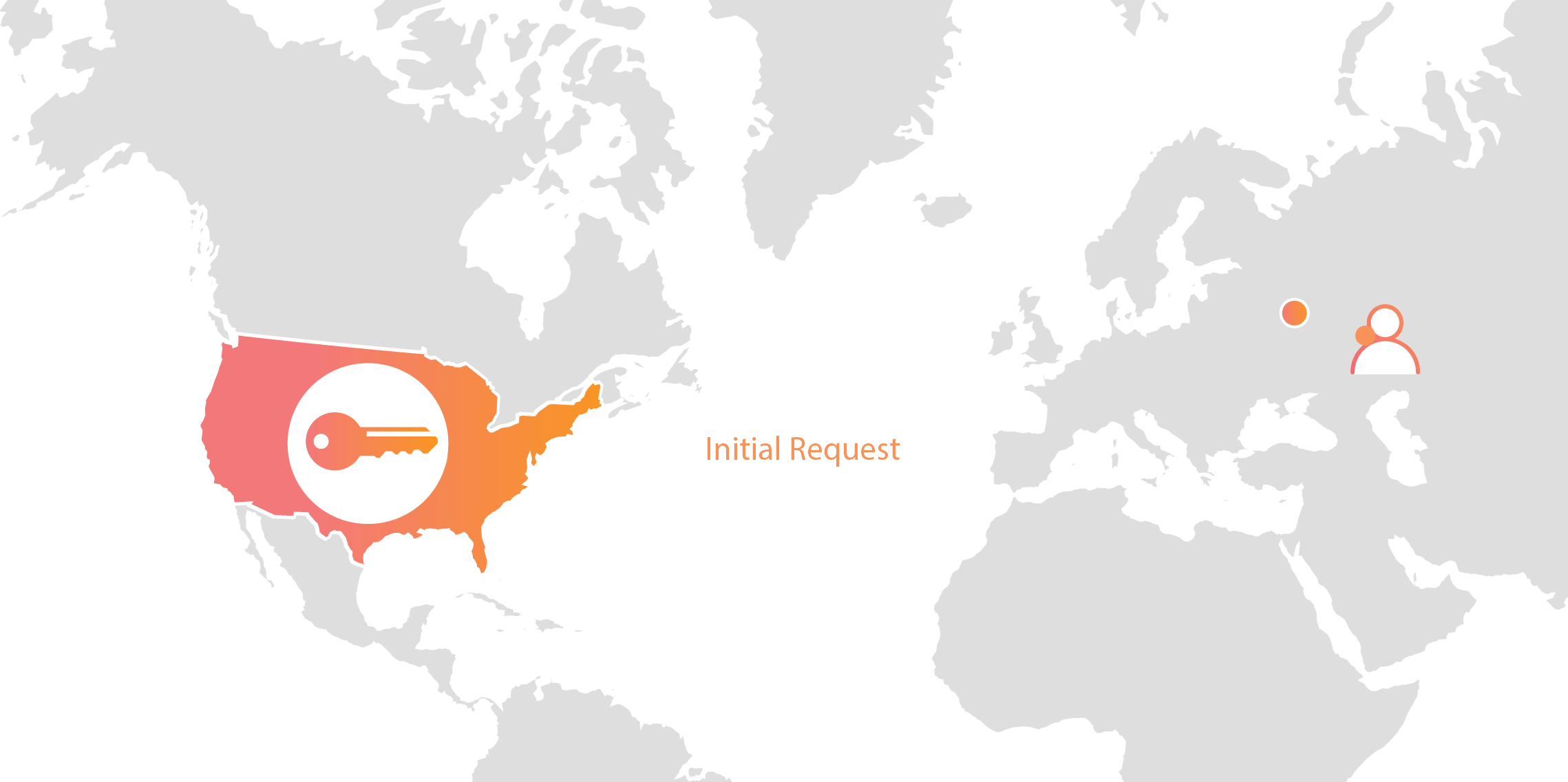
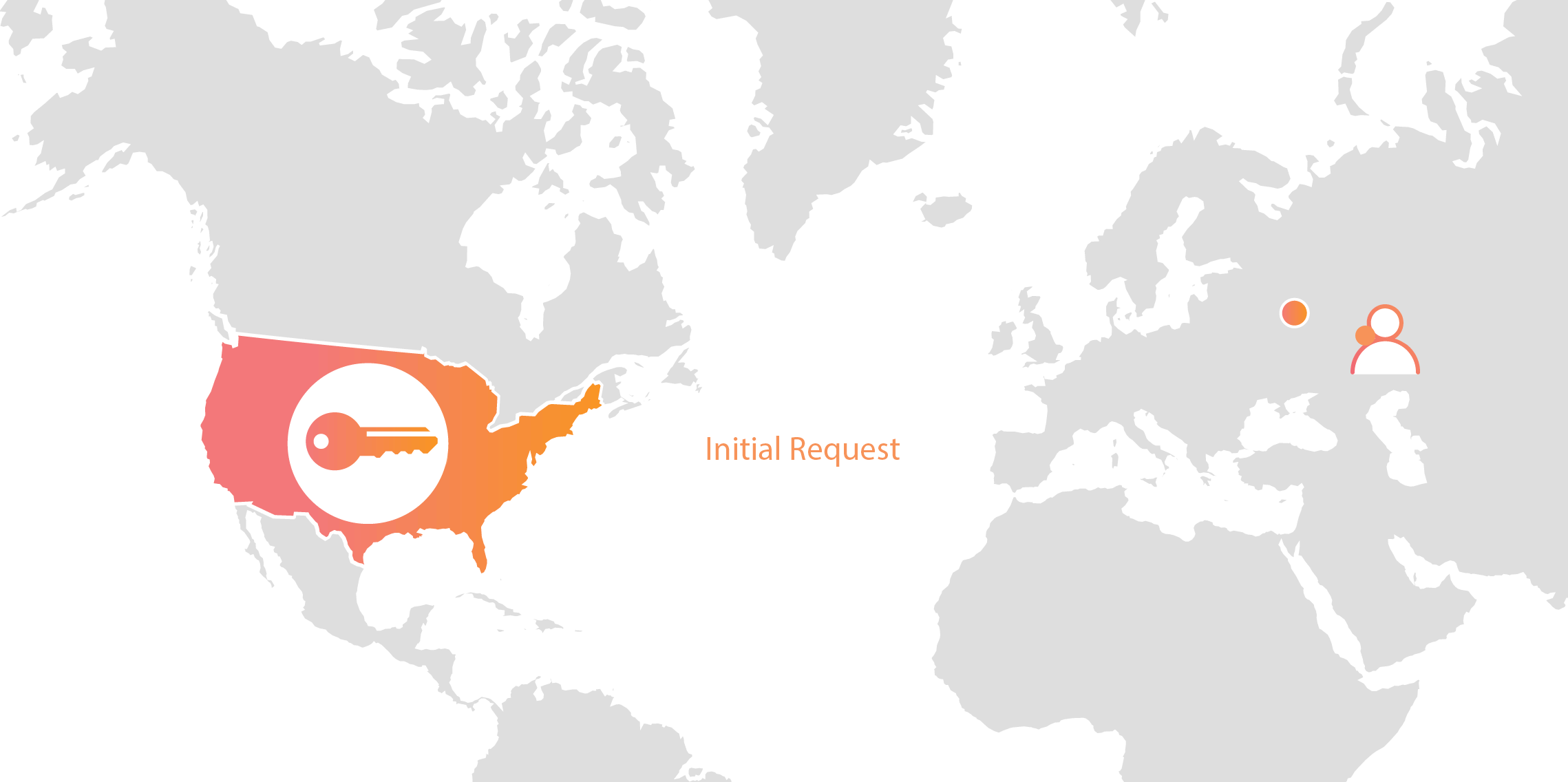
Cloudflare’s customers recognize that they need to protect the confidentiality and integrity of communications with their web visitors. The widely accepted solution to this problem is to use the SSL/TLS protocol to establish an encrypted HTTPS session, over which secure requests can then be sent. Eavesdropping is protected against as only those who have access to the “private key” can legitimately identify themselves to browsers and decrypt encrypted requests.
Today, more than half of all traffic on the web uses HTTPS—but this was not always the case. In the early days of SSL, the protocol was viewed as slow as each encrypted request required two round trips between the user’s browser and web server. Companies like Cloudflare solved this problem by putting web servers close to end users and utilizing session resumption to eliminate those round trips for all but the very first request.
As Internet adoption grew around the world, with companies increasingly serving global and more remote audiences, providers like Cloudflare had to continue expanding their physical footprint to keep up with demand. As of the date this blog post was published, Cloudflare has data centers in over 55 countries, and we continue Continue reading